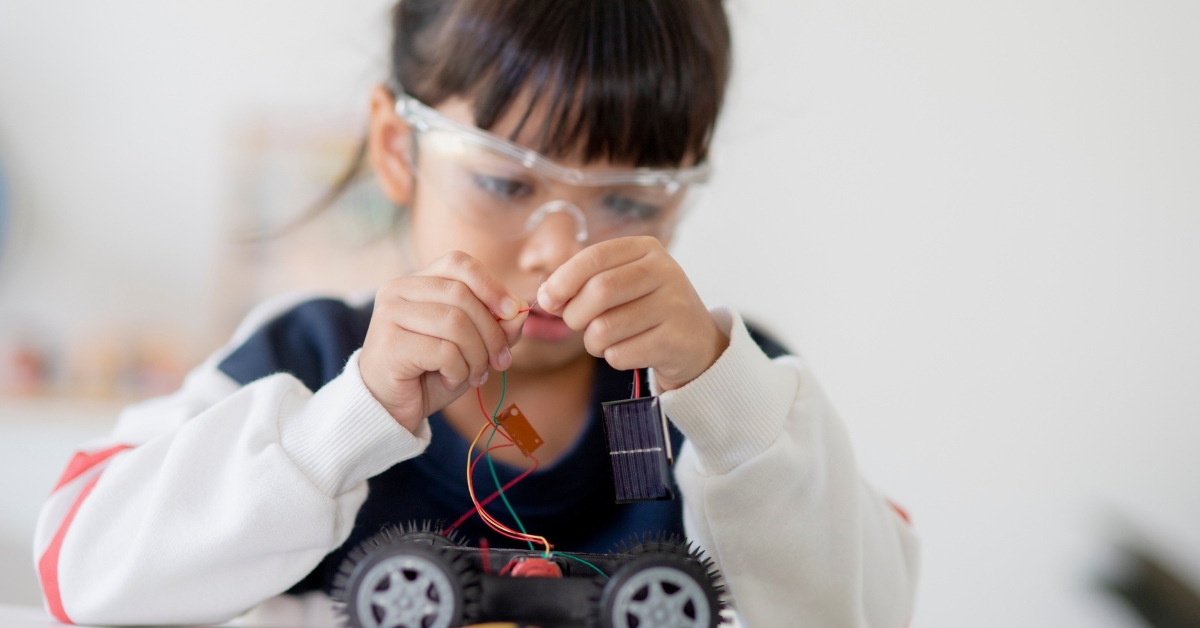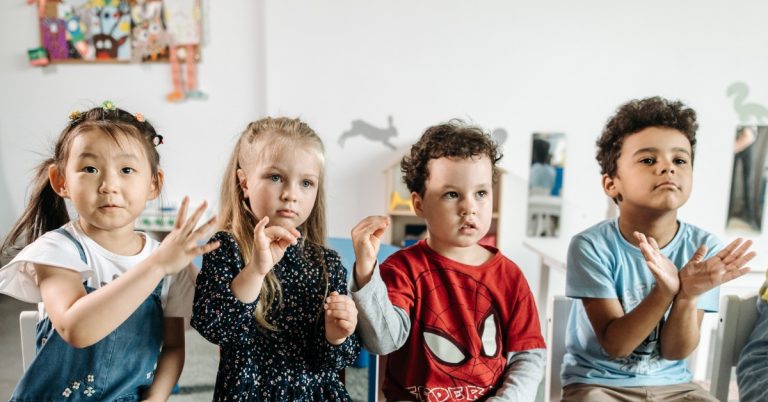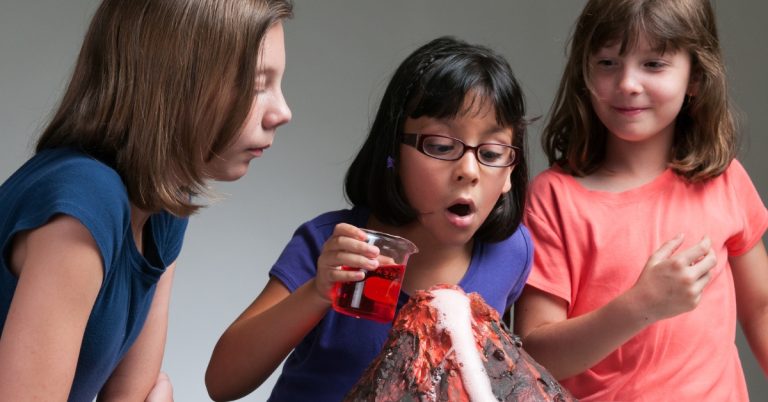As we transition into a post-pandemic world, the educational landscape continues to evolve. With the rise of remote and hybrid learning environments, educators and parents face unique challenges in delivering quality education to young learners. Early childhood education (ECE) is particularly affected as it thrives on social interaction, hands-on activities, and direct teacher-student engagement. However, innovative strategies are emerging to navigate this new normal and ensure that early childhood learning remains effective and engaging.
The Shift to Remote Learning
The sudden shift to remote learning during the pandemic highlighted the importance of adaptability and creativity in education. For early childhood educators, this meant finding ways to engage children who are often used to tactile, immersive learning experiences. As we adjust to a blended learning approach, educators can draw on several innovative strategies to enhance remote learning for young children.
1. Interactive Virtual Environments
Creating a sense of community and interaction is paramount in early childhood education. Virtual classrooms can be reimagined using interactive platforms that allow for real-time engagement. Educators can incorporate:
Storytime Sessions: Using video conferencing tools, teachers can read books aloud, using expressive voices and gestures to captivate young learners. Participation can be encouraged through posing questions or allowing children to share their own favorite stories.
Live Demonstrations: Teachers can conduct hands-on activities live—such as simple science experiments, art projects, or cooking demonstrations—encouraging children to follow along at home with their materials.
2. Utilizing Technology Mindfully
While technology plays a crucial role in remote learning, it is essential to utilize it mindfully to cater to the developmental needs of young children. Some innovative approaches include:
Apps and Games: Educational apps and interactive games can reinforce skills in a fun, engaging way. Curating a list of age-appropriate resources that balance screen time with active learning can be beneficial.
Augmented Reality (AR) Experiences: For those with access to AR technology, educators can provide virtual field trips or interactive lessons that immerse children in learning experiences, such as exploring underwater ecosystems or visiting historical sites.
3. Engage Families as Partners
In early childhood education, families play an integral role in a child’s learning journey. During remote learning, involving parents and caregivers can enhance educational experiences. Strategies include:
Home Learning Kits: Sending home curated kits with materials for specific activities can bridge the gap between school and home learning. Kits may include art supplies, books, and guided activity cards to facilitate learning.
Family Engagement Events: Hosting virtual workshops for families on how to support learning at home can empower parents. Topics can include fostering creativity, establishing routines, or balancing screen time with outdoor play.
4. Promoting Social-Emotional Learning (SEL)
The pandemic has highlighted the importance of social and emotional well-being in children. As educators navigate remote learning, prioritizing SEL is critical:
Mindfulness Activities: Integrating short mindfulness exercises or breathing techniques in virtual classrooms can help students manage stress and improve focus.
Emotion Check-ins: Facilitating regular check-ins where children can express their feelings can promote emotional literacy. This could involve using colorful emoji charts or storytelling to help children articulate their emotions.
5. Creative Use of Outdoor Spaces
As remote learning continues, outdoor spaces offer a unique opportunity for learning. Educators and families can:
Nature Scavenger Hunts: Designing scavenger hunts that encourage exploration of the natural environment can foster curiosity and critical thinking skills while promoting physical activity.
Outdoor Learning Sessions: When possible, educators may consider hybrid models that include outdoor, in-person classes, emphasizing experiential learning and social interactions.
Conclusion
Navigating the new normal in early childhood education requires flexibility and creativity. By embracing innovative strategies such as interactive virtual environments, family engagement, and a strong focus on social-emotional learning, we can create a rich and meaningful learning experience for young children, even in a remote setting. As we look toward the future, these strategies will not only enhance remote learning but also build resilience and adaptability in both educators and young learners, setting the stage for lifelong learning success.



